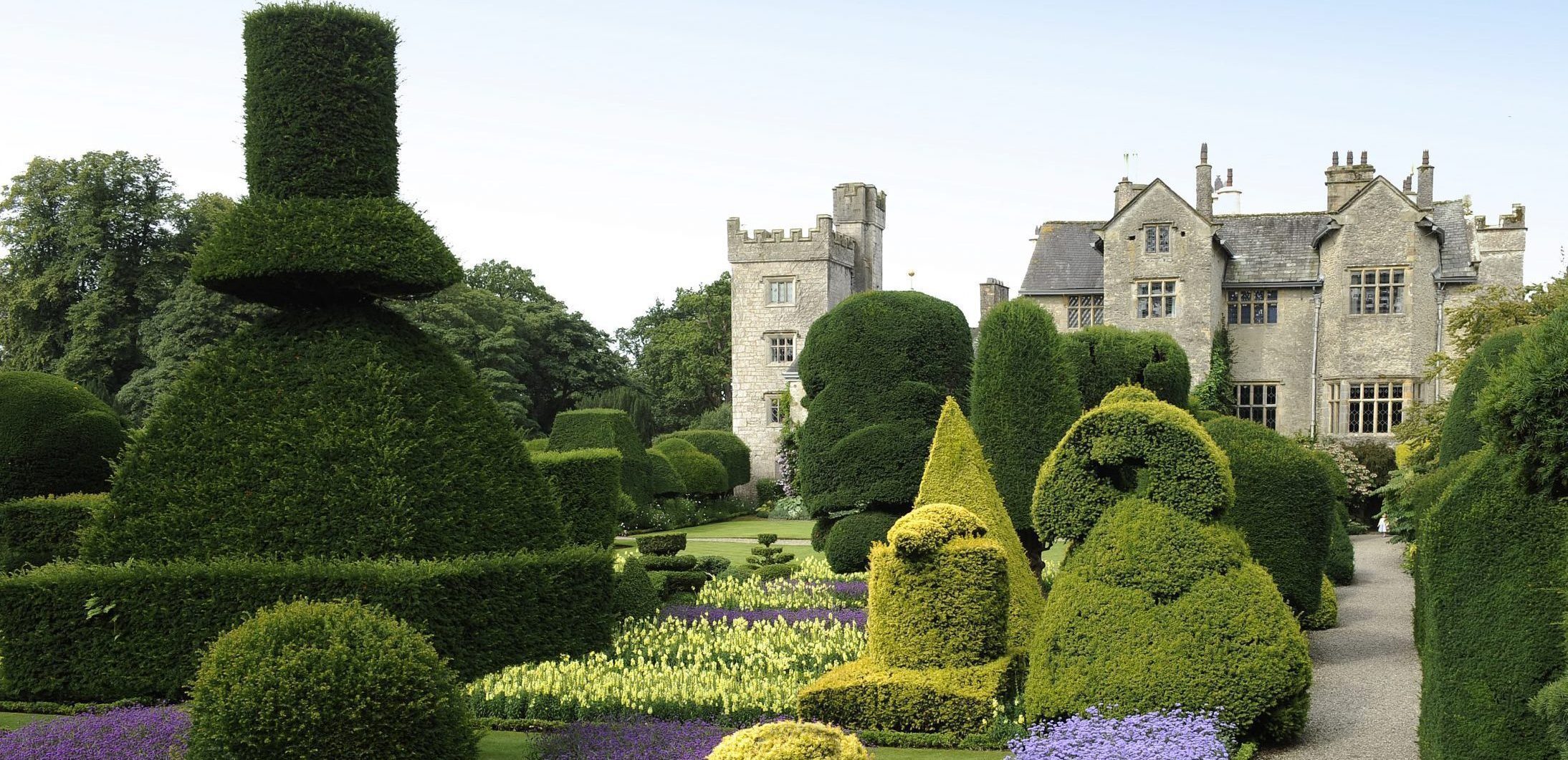Levens Hall: House of cards
Sally Coffey reveals some of the secrets of Cumbria’s largest Elizabethan house, Levens Hall: from a gamble gone wrong to links to one of Britain’s most celebrated heroes
The history of Levens Hall
Located just a few miles south of Kendal, the fine family seat of Levens Hall stands on the edge of the Lake District and is one of the most underrated stately homes in England.
Though today it is a picture of respectability and a mansion worthy of a period drama, this has not always been the case. Levens Hall evolved into a beacon of Elizabethan elegance from more humble 13th-century origins as a pele tower, built by the de Redman family.
Pele towers were defensive stone structures, usually three storeys high with walls of up to 10 feet-thick that were built to protect families and their livestock from the regular raids and sieges caused by the ongoing Wars of Scottish Independence, and so were pretty much unique
to the north of England.
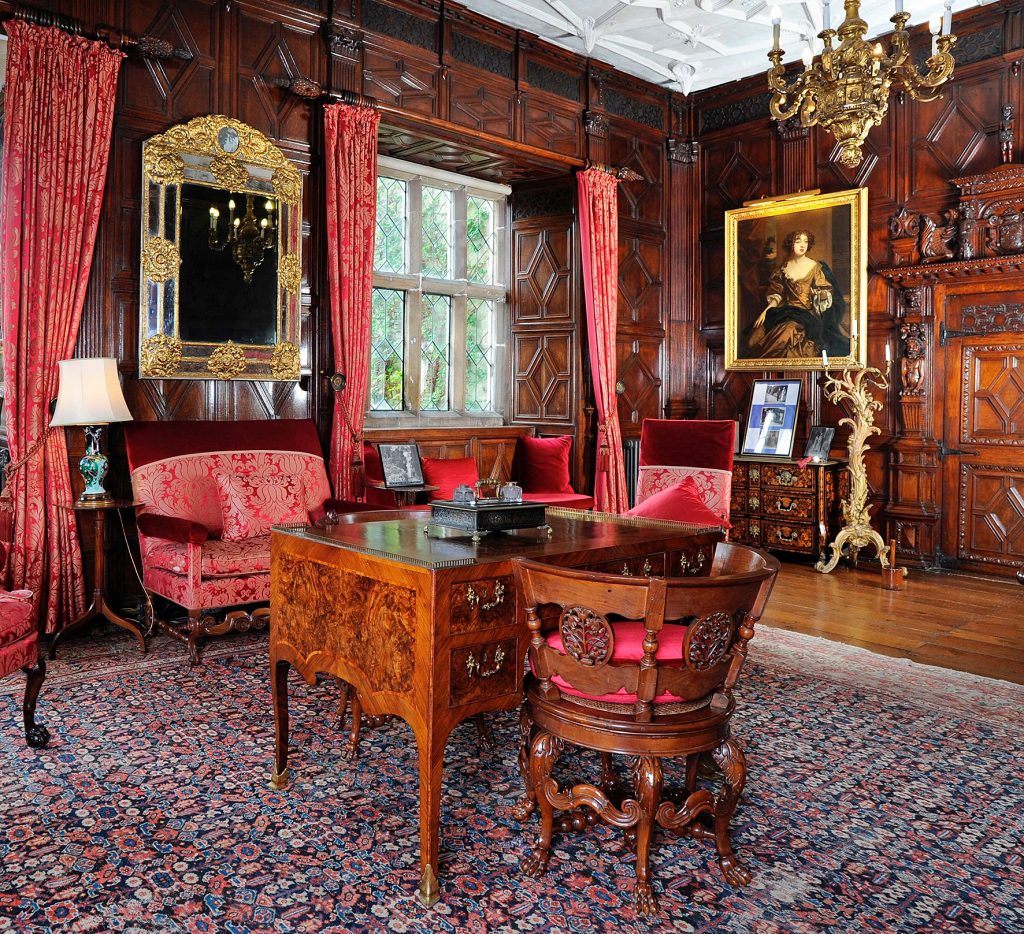
The ground floor of a pele tower was usually tunnel-vaulted and used for storage and keeping animals, the first floor was home to a hall and kitchen, while the top floor was where inhabitants lived and slept. Battlements were used as lookouts or to launch missiles to ward off potential attackers.
Many of these towers, like Levens Hall and Sizergh were later developed into more extensive, grander homes.
In the case of Levens Hall, most of the grandeur you see today was added in the 16th century by the Bellingham family who invested a lot of money turning a functional tower into a fashionable home.
Inside, it’s exquisite. There is ornate fine-oak panelling and plaster pargeting showing hunting and other scenes in the Great Hall. Italian craftspeople were employed to carve in the 13 coats of arms of the Bellingham family and their extensions through marriages and alliances, as well as the coats of arms of Queen Elizabeth I.
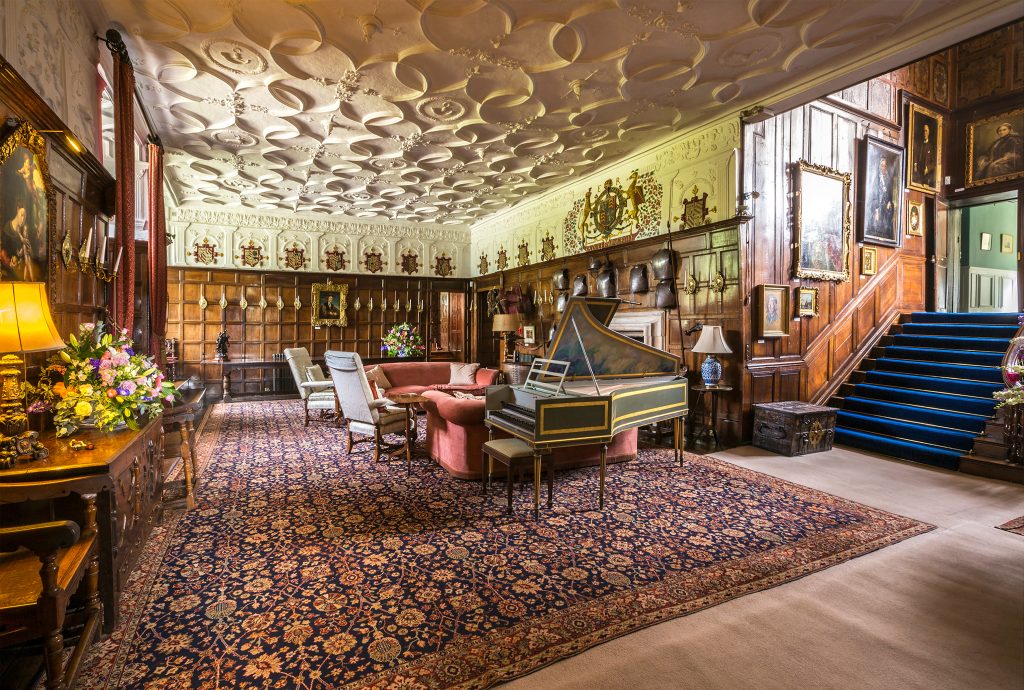
There are four-poster oak beds, cordovan leather panels, and an impressive collection of clocks, paintings, and antiques – it’s the kind of place that might have met the exacting standards of Queen Elizabeth I herself.
However, while they may have had money, it seems the Bellinghams were not always very wise with it, for in the late 17th century the house was gambled away by the incumbent owner in a game of cards.
This unexpected twist in the home’s fortunes came when Alan Bellingham, a man who appeared to have a talent for running up big debts, lost the house on the turn of the ace of hearts, forcing him to sell the house in 1688 to pay off his debts.
Bellingham’s bad luck is remembered in Levens Hall’s ancient downpipes, where heart motifs can still be seen.
When the house went up for sale, it was Bellingham’s cousin, Colonel James Grahme, who had worked in the court of King Charles II and been Keeper of the Privy Purse to James II, who stepped forward to buy it.
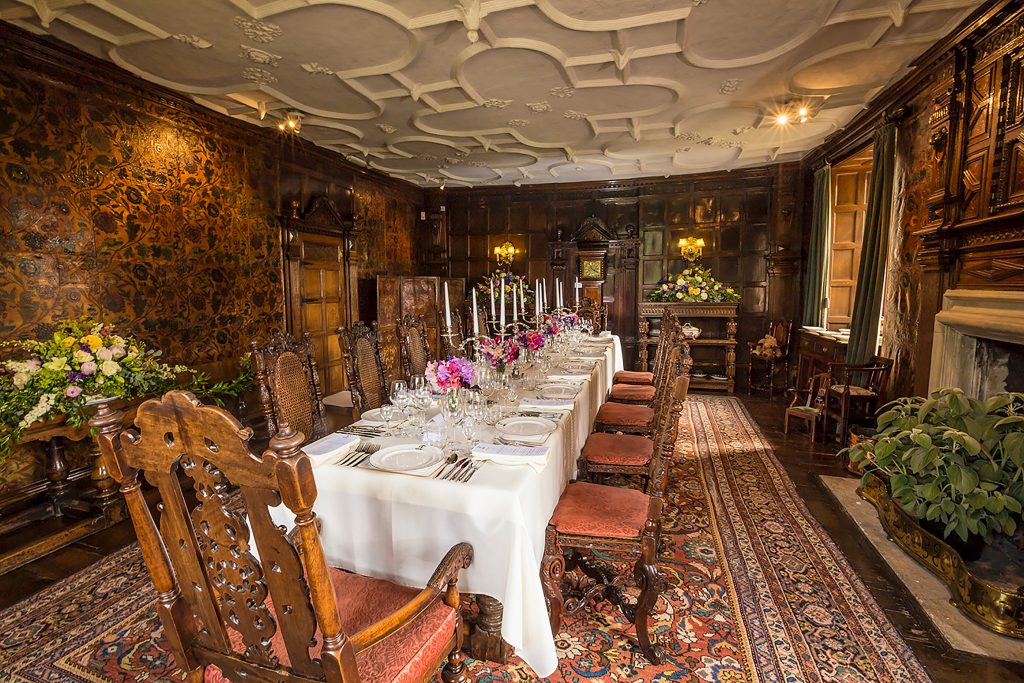
The timing for Grahme was perfect – following the Glorious Revolution, his boss, James II had fled to France, pushed off the throne by his daughter Mary, and her husband, William of Orange, and not only did he find himself out of work, but he was also accused of treason and briefly imprisoned. He needed somewhere to retreat from court life and Levens Hall suited him well.
Though Grahme had rather stretched himself to buy the property, thankfully he had just enough to leave a legacy on the property: the beautiful topiary garden – the oldest of its kind in the world.
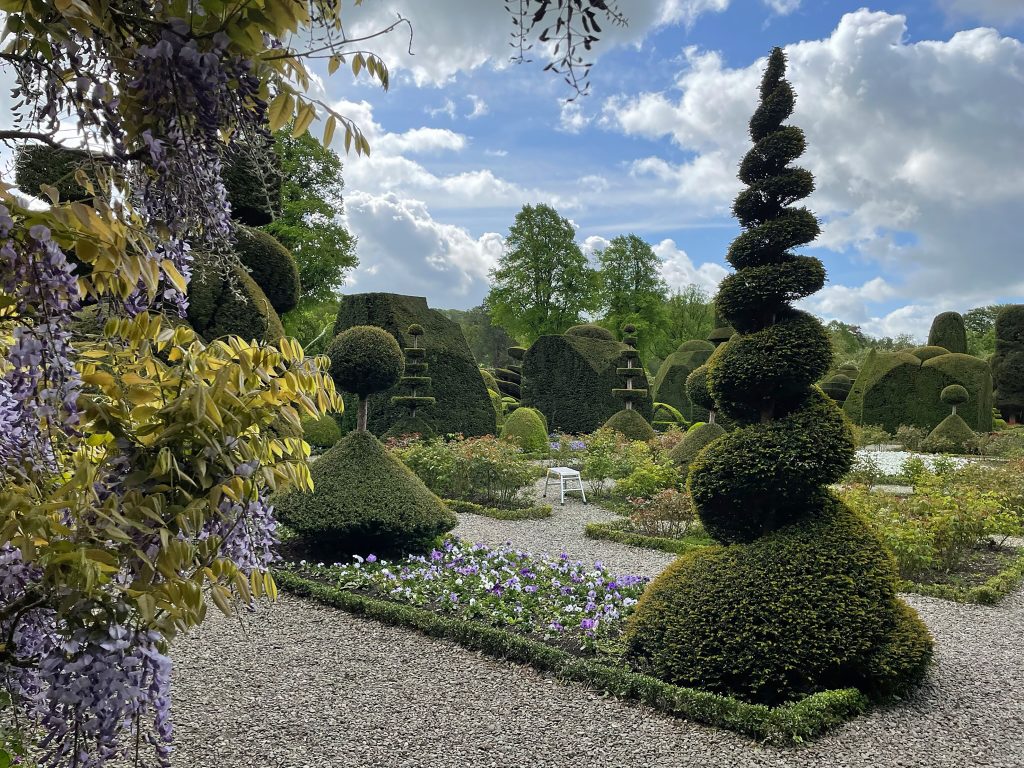
Levens Hall’s famous topiary garden
The garden was created by Guillaume Beaumont, former gardener to King James II, who also found himself without a job. Clearly influenced by some of the great court gardens of England and France – Beaumont had trained at Versailles and already worked on the gardens
of Hampton court Palace – his vision for Levens predominantly followed a Dutch style.
Though other topiary gardens fashioned in a similar style would have existed at the time, Levens is the sole survivor, as a change in tastes saw other manor houses and stately homes reject the style in favour of the more ‘natural’ landscape style of the likes of gardener and landscape architect Lancelot ‘Capability’ Brown.
Among the perfectly preened trees, look out for the Great Umbrella Tree, the Toppling Wedding Cake, Queen Elizabeth I and her Maids of Honour, the Judge’s Wig, and the Jug of Morocco Ale.
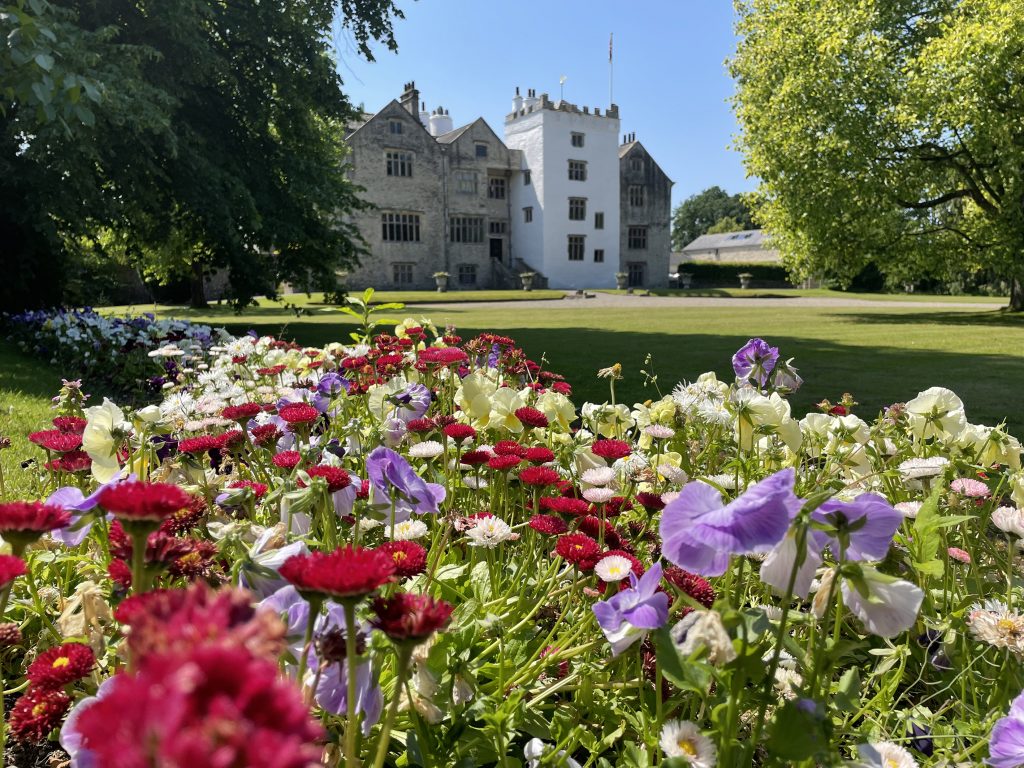
In 2020, Levens Hall founded World Topiary Day, which takes place each year on the Sunday after 12 May, and Levens hopes to increase global participation with each passing year.
The topiary garden is so well populated that clipping season takes a full six months. There are also lots of other attractions within the gardens – the herbaceous borders are a riot of colour year-round, there are huge beech hedges, and lovely tree-lined walks.
Levens Hall and the Duke of Wellington
After Grahme’s time, Levens passed through the female side of the Howard family before eventually coming into the Bagot family in the late 18th century.
It’s the Bagot family, the present-day owners of the house, that provide the link between the house and one of Britain’s most celebrated heroes: the Duke of Wellington.
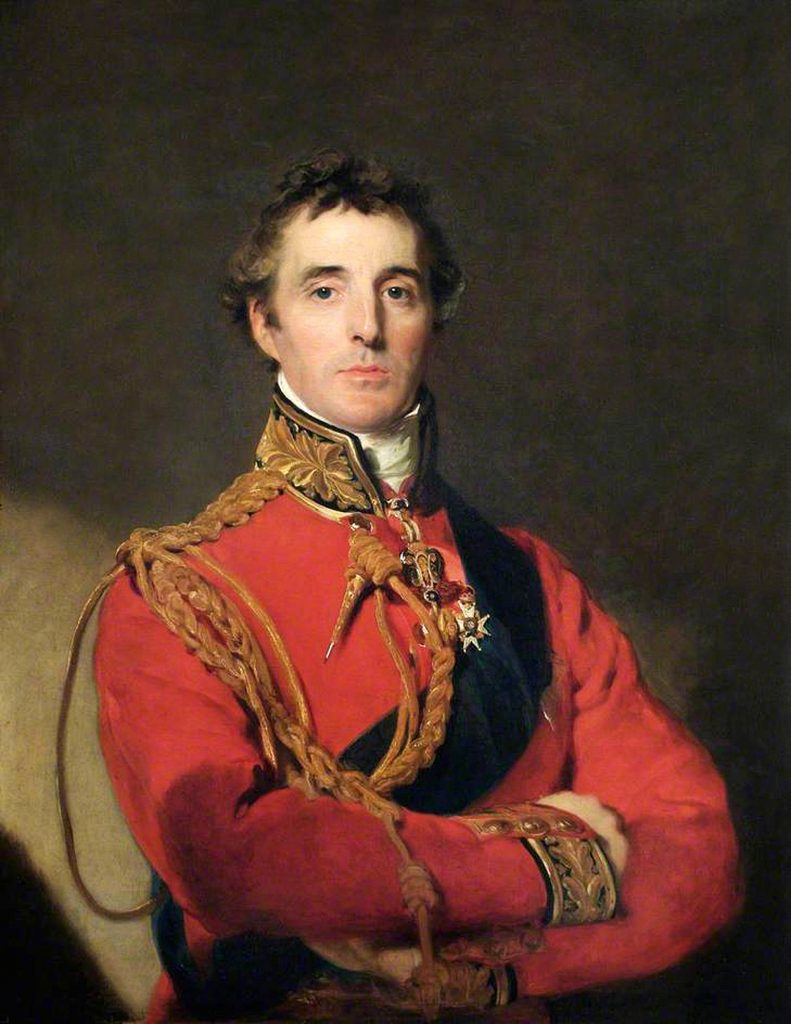
One of the greatest military minds of his time, Arthur Wellesley, the Duke of Wellington, is best remembered for his historic victory over Napoleon at the Battle of Waterloo in 1815.
A few decades earlier, Wellington’s niece Mary Wellesley had married the owner of Levens Hall, Charles Bagot, and after the Duke’s death she was bequeathed certain items belonging to her uncle and Napoleon.
This is an extract, read the full feature in our December 2023/January 2024 issue of Discover Britain, available to buy from 3 November here.
Read more:

